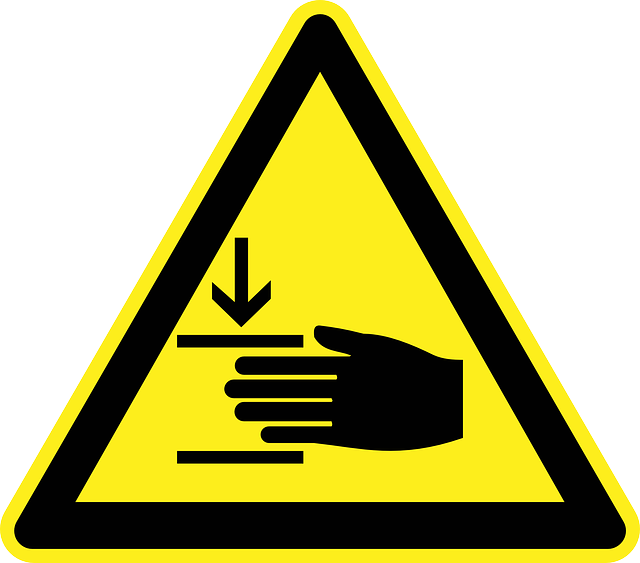Dog bite insurance claims are subject to specific exclusions that insurers use to avoid undue financial burden. These exclude bites caused by aggressive behavior not typical of a dog, provoked incidents, certain breeds, and bites occurring outside specific locations or with prior knowledge of the dog's biting tendency. When filing a claim, it's crucial to understand these exclusions to ensure policy limitations are acknowledged, avoiding potential financial vulnerability and legal consequences like wrongful death claims. Thoroughly review your policy document, seeking guidance from your insurer or a legal expert if needed, to successfully navigate the claim process.
Understanding exclusions is key when navigating a dog bite insurance claim. This article demystifies these often-confusing clauses in your policy, focusing on what isn’t covered. From aggressive behavior not provoked by a threat to specific activities like hunting or guarding, knowing these exceptions is crucial for a successful claim. Learn how to interpret your policy’s exclusions and ensure you’re compensated fairly for dog bite incidents.
- What Are Exclusions in a Dog Bite Insurance Claim Policy?
- Common Situations and Activities Excluded from Coverage
- How to Navigate and Understand Your Policy's Exclusions
What Are Exclusions in a Dog Bite Insurance Claim Policy?

In a dog bite insurance claim policy, exclusions are specific circumstances or conditions under which the insurance provider will not cover claims for dog bites. These exclusions act as exceptions to the general coverage provided by the policy. They outline scenarios where liability for dog bite injuries is excluded, ensuring that insurers do not face undue financial burden from claims with certain risk factors. Understanding these exclusions is crucial when filing a dog bite insurance claim to ensure you are aware of any limitations or conditions that may apply.
By reviewing the policy’s terms and conditions carefully, owners can comprehend what situations might bar them from receiving compensation for bites inflicted by their pets. Common exclusions include aggression or bite incidents not related to typical dog behavior, where the animal was provoked or under unusual circumstances, such as when it was threatened or scared. Some policies also exclude certain breeds deemed more prone to aggression, though this practice has faced legal challenges due to potential breed discrimination concerns. Other exceptions may cover bites that occurred outside of specific locations, like the policyholder’s property, or when the victim had previous knowledge of the dog’s tendency to bite.
Common Situations and Activities Excluded from Coverage

When considering a dog bite insurance claim, it’s vital to understand that certain situations and activities are commonly excluded from coverage. These exclusions vary across policies but often include scenarios where the dog’s owner is directly at fault or engaged in specific high-risk actions. For instance, if a policyholder fails to properly secure their dog, leading to an attack on someone, this could be deemed a breach of contract as it violates the terms agreed upon with the insurance provider.
Moreover, activities like training the dog for combat or aggression, or failing to comply with local leash laws and restrictions, are frequently excluded. In some cases, even malicious acts involving a dog, such as intentional provocation, can render a claim invalid. It’s crucial to carefully review these exclusions to ensure you’re not leaving yourself vulnerable in the event of a dog bite incident, especially considering the potential for wrongful death claims or other legal disputes arising from these events.
How to Navigate and Understand Your Policy's Exclusions

Understanding your policy’s exclusions is a crucial step when filing a dog bite insurance claim. These clauses specify what isn’t covered under your policy, so it’s essential to know them inside out. Start by carefully reading through your policy document, paying close attention to the section on exclusions. Look for any language that states what circumstances or types of bites are not considered valid claims. Common exclusions include pre-existing conditions, where a dog had previously bitten someone and the victim was aware of it but failed to report it, and if the bite occurred due to the victim provoking the animal aggressively.
If you’re unsure about any exclusion or face a complex situation that might fall into gray areas, don’t hesitate to reach out to your insurance provider or a legal professional specializing in dog bite cases. They can help clarify these points and guide you on how to navigate these exclusions successfully when filing a claim for compensation from a dog bite insurance policy. Remember, understanding these terms is key to ensuring your claim goes smoothly and you receive the coverage you’re entitled to for truck accident injuries or other relevant incidents, unlike cases of contract disputes or wrongful death.
When navigating a dog bite insurance claim, understanding exclusions is key. By grasping what situations and activities are outside of coverage, you can ensure your policy offers adequate protection. Remember, careful reading and consultation with your insurer can help you avoid unexpected barriers when filing a claim for a dog bite incident. For a successful outcome, make sure to familiarize yourself with the specific exclusions detailed in your dog bite insurance claim policy.






